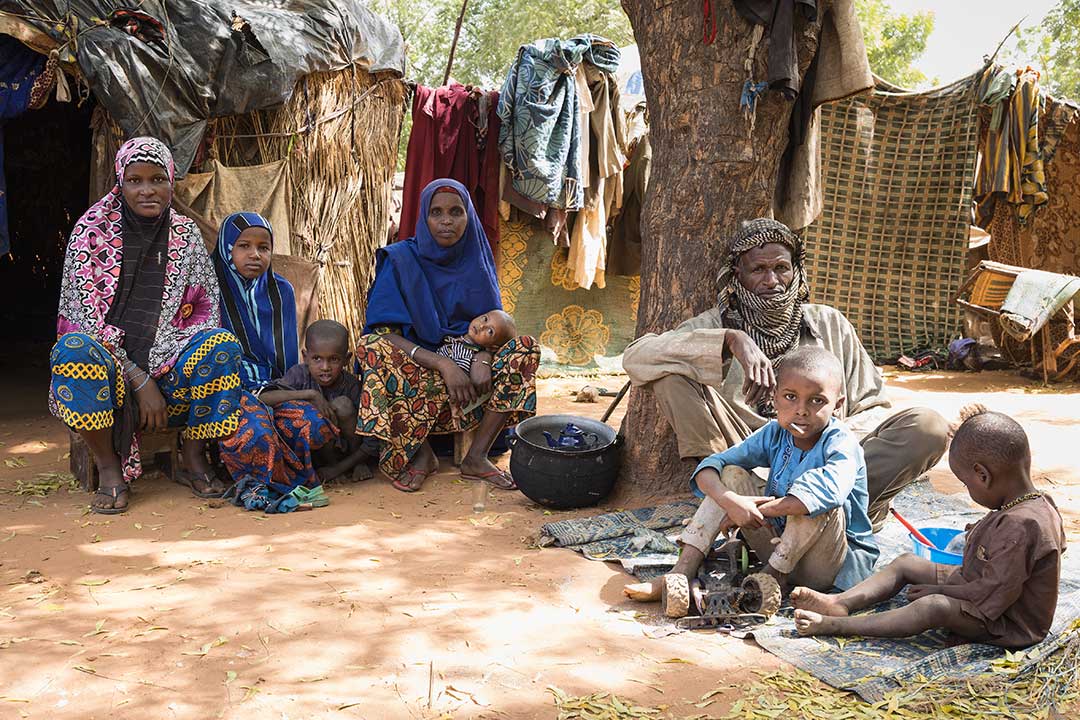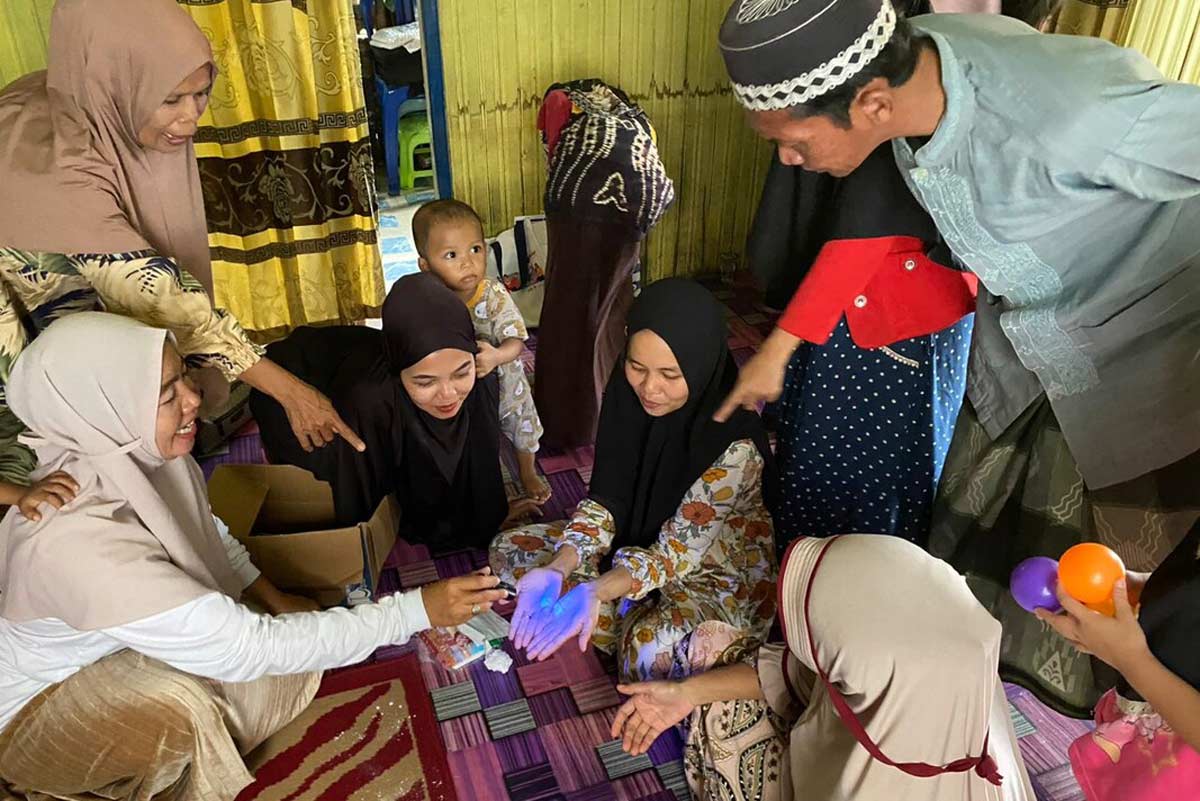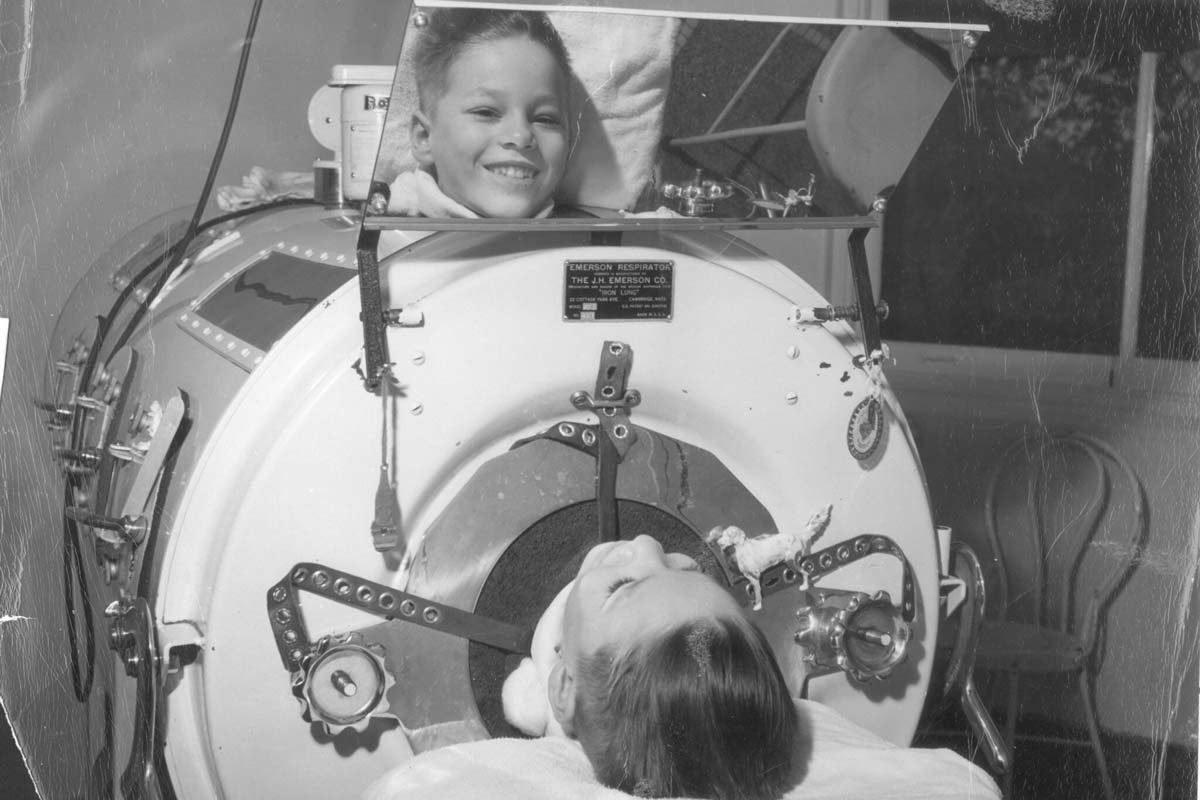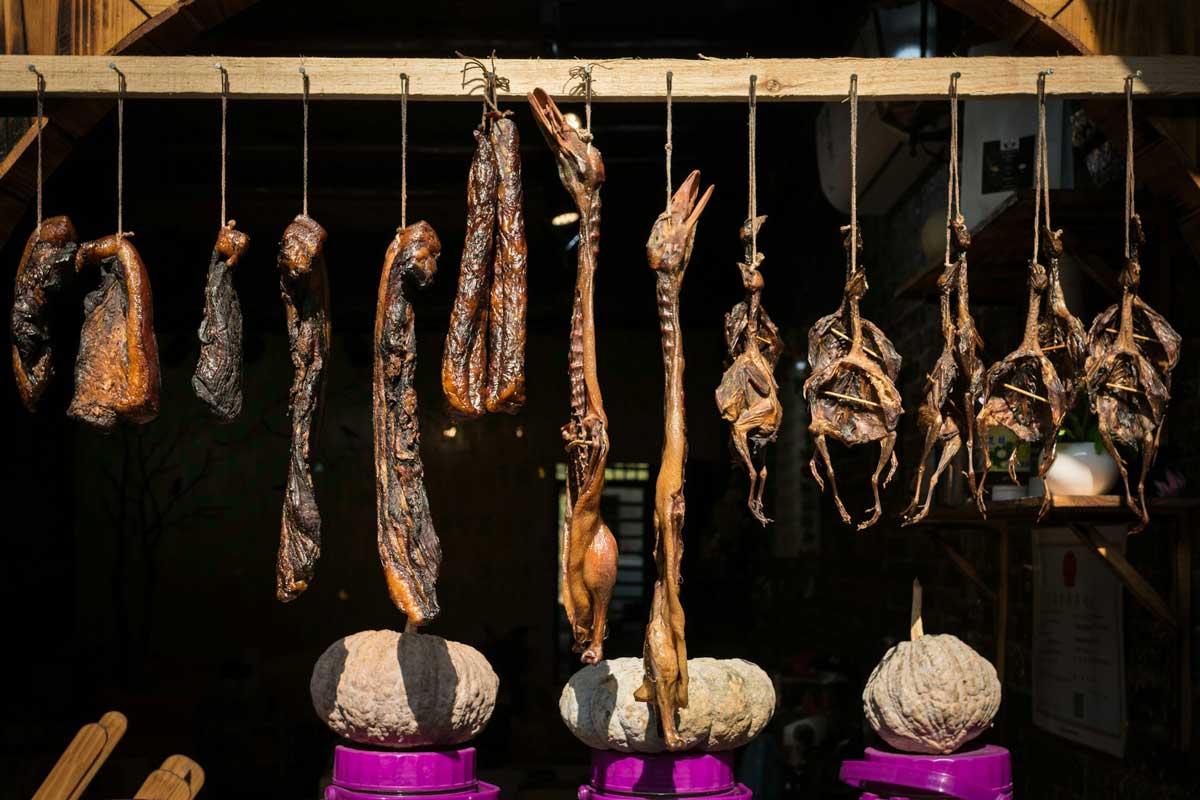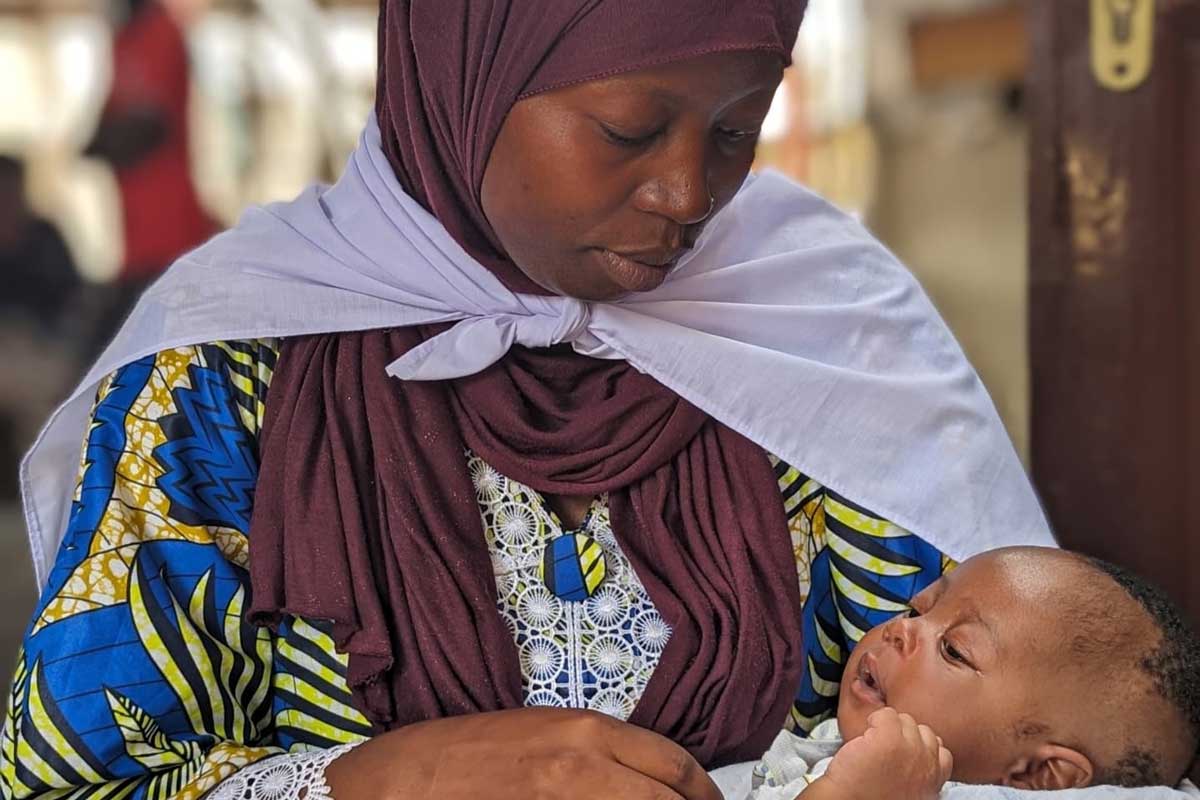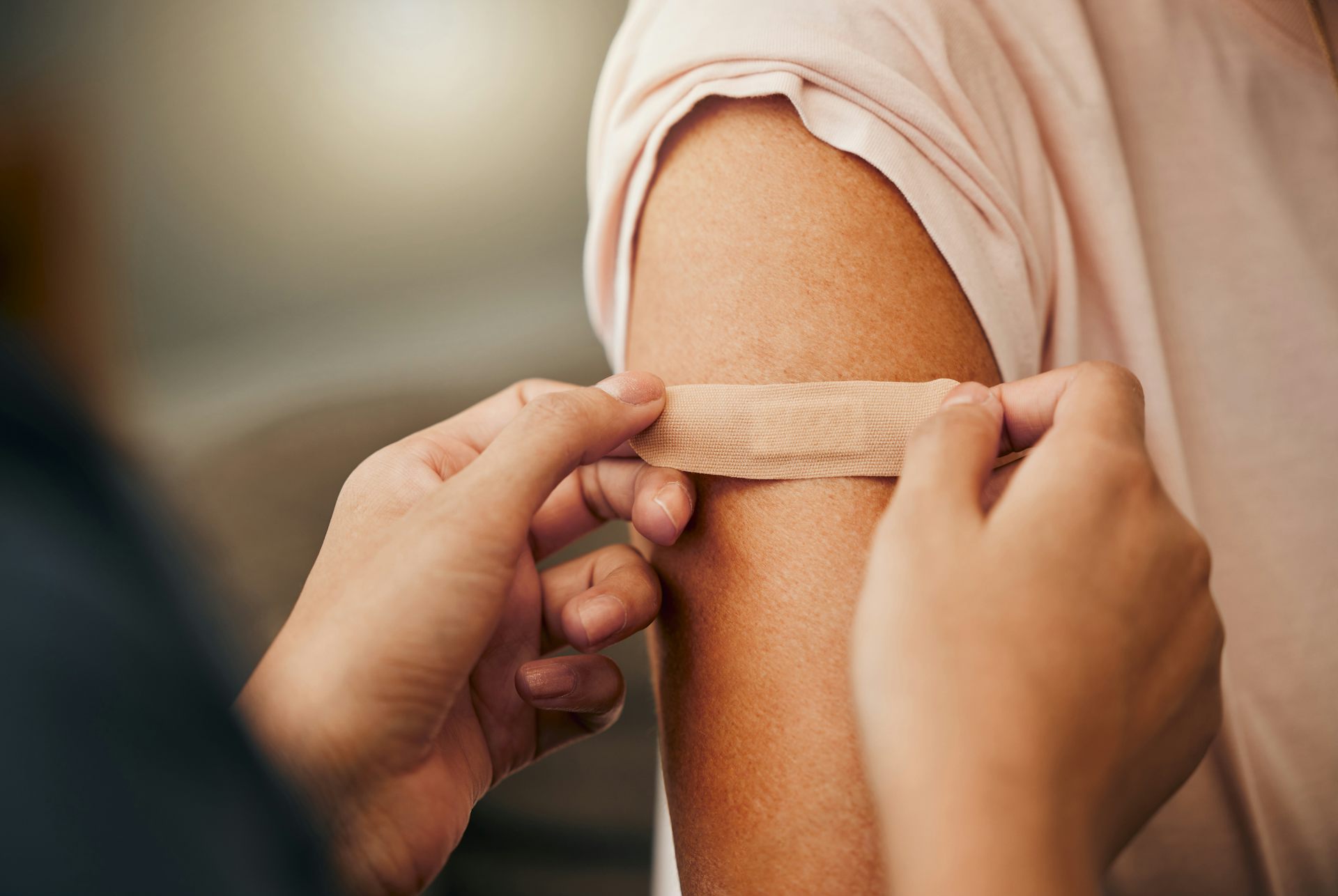Why is no one safe until everyone is safe during a pandemic?
No one is safe until everyone is safe. This phrase has become a slogan for global health figures but what does it mean in the worldwide COVID-19 response?
- 14 September 2020
- 4 min read
- by Gavi Staff
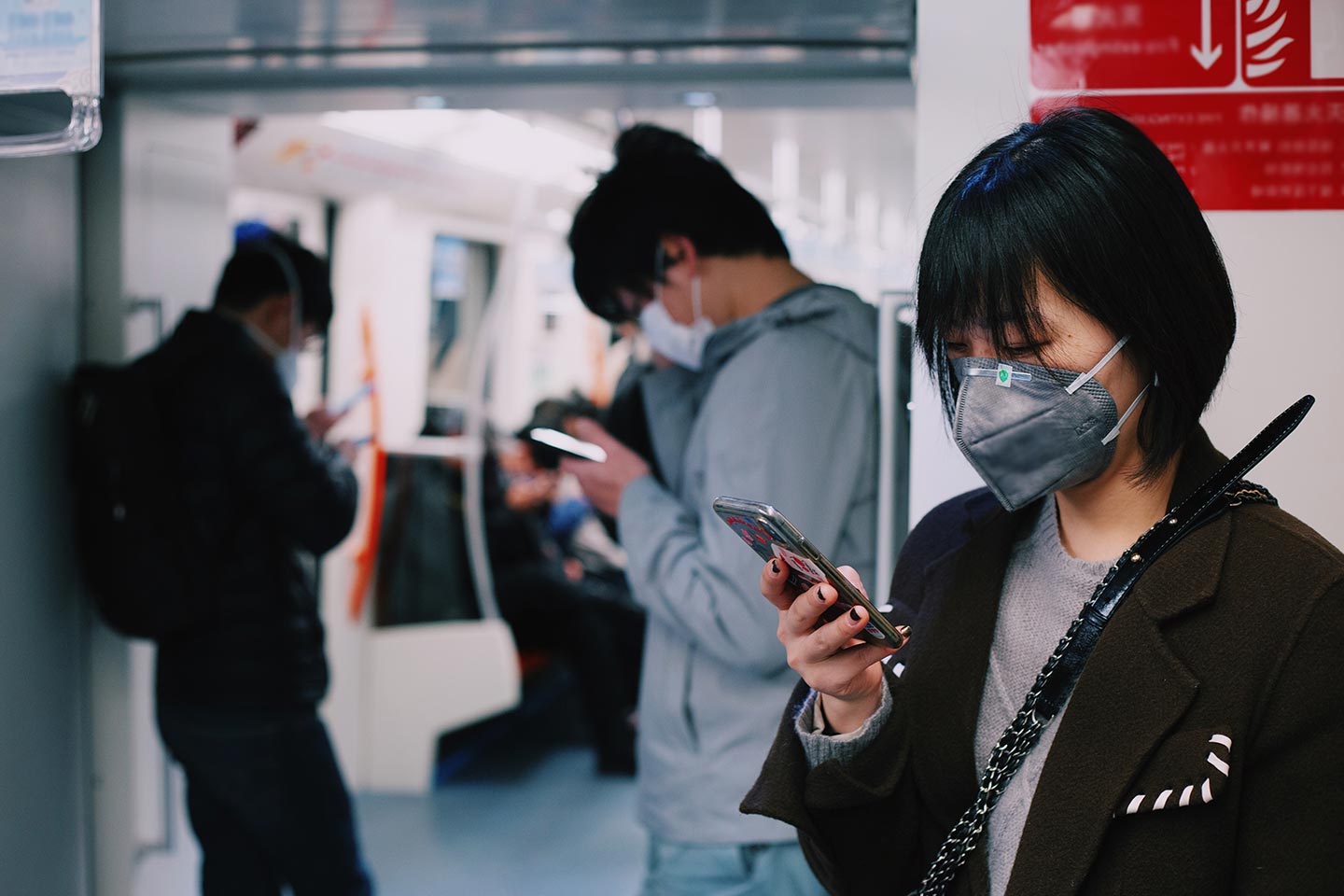
Prior to COVID-19 our world was more interconnected than ever. Our economies and societies were heavily reliant on international trade and travel. Not only for the import and export of food and other products, as well as business and recreational trips, but also for the shipment of vital medical supplies and equipment. In 2000, nearly 1.7 billion people were traveling on planes; by 2018 this figure nearly tripled to about 4.2 billion. But now we have seen the widespread disruption infectious diseases can cause in this global order.
Several months into the pandemic, many countries have relaxed lockdown measures to restart economic and social activity - a direct result of the drastic reduction in cases made possible by adherence to earlier public health restrictions. As anticipated, however, we are subsequently seeing a rise in cases globally. Following this increase in rates of infection, many countries are reinstating lockdown measures and issuing mandatory quarantines and other travel restrictions.
This has been driven by a desire to prevent the reintroduction of cases from a country or region with ongoing community transmission. But with an impending economic crisis worse than the 1930s depression, the cost of this pandemic is becoming even more profound. Never before have so many lives, livelihoods, and economies depended on a single health intervention: vaccines. If we fully return to the way people used to travel in a pre-pandemic world without a vaccine being widely administered, we will possibly see an unrelenting progression of COVID-19.
One world protected
Only once COVID-19 vaccines are available to priority populations in all countries around the world will we bring the pandemic under control. Several COVID-19 vaccine candidates are showing promising early results in clinical trials, but the international community must remember that our goal is two-fold: to produce a widely available, safe and effective vaccine and to bring the pandemic to an end. That can happen only after billions of doses are produced affordably and made available to everyone, particularly those in low-income countries. Every government has a responsibility to put its citizens first – and during a pandemic, this means thinking and acting globally. If manufacturing agreements or export restrictions obstruct the deployment of vaccines and the virus survives anywhere, no one can be safe from the impact of the pandemic.
Dr Seth Berkley, CEO of Gavi, the Vaccine Alliance speaks about equitable access to COVID-19 vaccines on CNN’s Quest Means Business.
Taking a global, coordinated approach is essential – global health actors, manufacturers and research groups have to work together towards a common goal: that when the first safe and effective vaccines emerge, the capacity exists to manufacture them, and the framework is already in place to make sure they are accessible to the most vulnerable all over the world. Through COVAX, Gavi, CEPI and WHO are working to make the ideal of equitable global access a practical reality.
Is global health security a real possibility?
More than 150 countries have been involved in discussions on the COVAX Facility, which is looking to secure commitments from self-financing participants by the beginning of September to share their risk by participating in a scheme that gives them access to the world’s largest actively managed portfolio of COVID-19 vaccine candidates in return for a guaranteed number of doses to protect the most at-risk sections of their population.
These early commitments are critical to making sure COVAX is able to continue investments in R&D and manufacturing at risk across a diverse portfolio of promising COVID-19 vaccine candidates. Within the COVAX Facility, the COVAX Advance Market Commitment (AMC) has been established to support 92 lower-income economies’ participation – so that ability to pay is not a barrier to access to vaccines. The pharmaceutical ndustry has also been a close collaborator: The COVAX Facility has already seen a 300 million dose commitment from AstraZeneca and, most recently, Gavi, the Serum Institute of India, and the Bill & Melinda Gates Foundation launched a collaboration to accelerate manufacturing and delivery of up to 100 million doses of future COVID-19 vaccines for low- and middle-income countries in 2021 through the COVAX AMC.
However, much more needs to be done to make sure everyone is safe from the devastating impacts of the COVID-19 pandemic – and we can come together as one world, protected.
